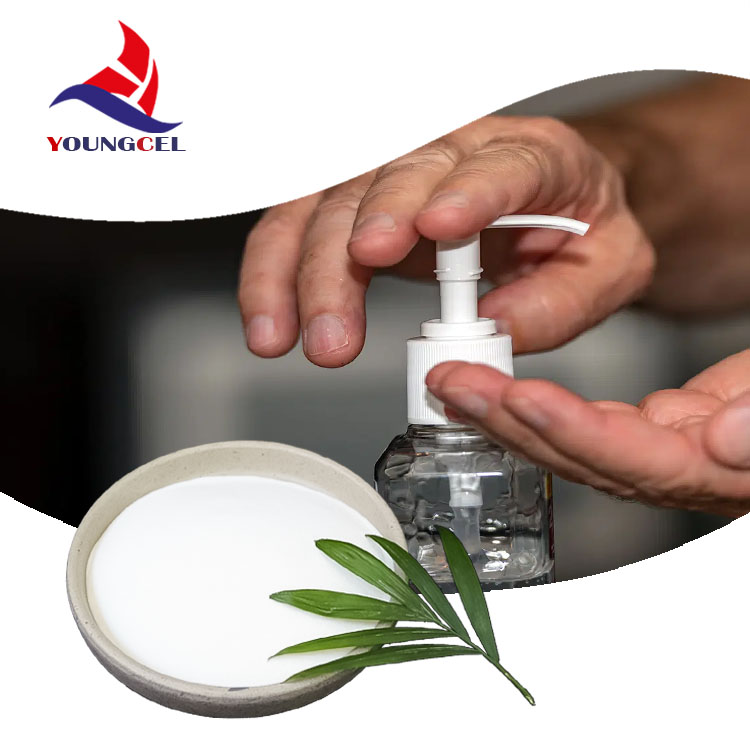Understanding Construction Grade VAE RDP A Comprehensive Overview
In the construction and building materials industry, the demand for high-performance adhesives, sealants, and coatings is ever-increasing. One prominent solution that has emerged in recent years is the construction-grade Vinyl Acetate Ethylene (VAE) Redispersible Powder (RDP). This sophisticated material plays a pivotal role in enhancing the properties of cementitious and polymer systems, making it a key component in various construction applications.
VAE RDP is a polymer powder formed through the process of spray drying vinyl acetate and ethylene emulsion. When mixed with water, it re-disperses, allowing it to enhance the adhesion, flexibility, workability, and durability of various construction materials such as tile adhesives, wall putties, and self-leveling compounds. The construction-grade variant ensures that these performance characteristics meet the rigorous demands of the construction industry.
Understanding Construction Grade VAE RDP A Comprehensive Overview
Flexibility is another key property of construction-grade VAE RDP. Traditional cement-based materials can become brittle over time, leading to cracks and degradation. However, the incorporation of VAE RDP allows for improved elasticity, which helps to absorb stresses and movement, thus reducing the risk of damage. This characteristic is especially valuable in environments with fluctuating temperatures and humidity levels.
construction grade vae rdp

Moreover, VAE RDP contributes to the workability of cement mixtures. It allows for easier manipulation and application of materials, which can save time and labor costs on construction sites. This improved workability ensures smoother application, better leveling, and enhanced finish quality.
In addition to its physical properties, VAE RDP is also recognized for its resistance to water and moisture. This feature is crucial for construction applications exposed to the elements, as it helps to prevent premature degradation and failure of the applied materials. The moisture resistance adds an extra layer of protection, ensuring long-lasting results even in challenging environmental conditions.
Furthermore, environmental considerations play a significant role in the growing popularity of VAE RDP. As sustainability becomes a priority in construction, materials that offer low environmental impact while maintaining high performance are increasingly in demand. VAE RDP is often formulated to be low in volatile organic compounds (VOCs), making it a more eco-friendly choice compared to traditional alternatives.
In conclusion, construction-grade VAE RDP is an essential component in modern construction materials, offering enhanced adhesion, flexibility, workability, and moisture resistance. As the construction industry continues to evolve, the integration of innovative solutions like VAE RDP will play a crucial role in achieving sustainable and resilient building practices. Investing in high-quality construction materials ensures not only the structural integrity of projects but also contributes to the broader goal of sustainability in the built environment.
-
The Application and Significance of Construction RdpNewsMay.19,2025
-
Industrial Grade HpmcNewsMay.19,2025
-
Building Coating Adhesive Building Coating Adhesive HpmcNewsMay.19,2025
-
Application Of Hpmc For Detergent For Detergent In DetergentsNewsMay.19,2025
-
Application Of Hpmc Cellulose In Cement-Based MaterialsNewsMay.19,2025
-
Application Of High Quality Hpmc For Construction In The Field Of ConstructionNewsMay.19,2025




